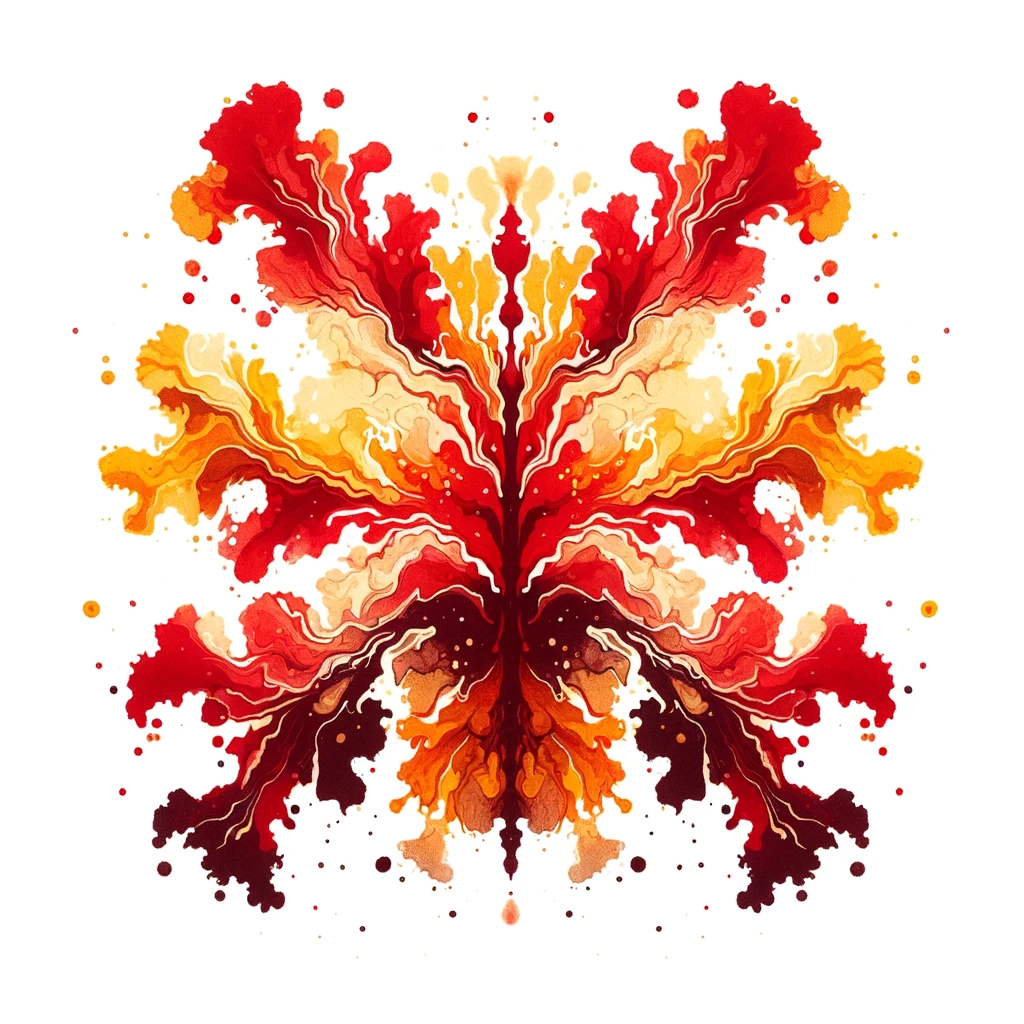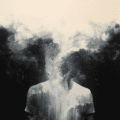External and internal fears: causes, symptoms and effective coping strategies
Anxiety can manifest itself in different ways and can be roughly divided into external and internal anxiety. Both forms of anxiety influence our mental health and general well-being but differ in their causes and forms of expression.
External fears
Definition: External fears are caused by external factors and events in our environment. They are often due to specific threats or situations that are perceived as potentially dangerous.
Examples of external fears:
- Fear of natural disasters: Earthquakes, floods or storms can trigger intense fears.
- Social anxiety: Fear of public appearances, social interactions or rejection by others.
- Fear of crime: worries about burglaries, robberies or other criminal offences.
- Job insecurity: Fear of job loss or professional failure.
Causes: External fears often result from real or perceived environmental threats. These fears can be reinforced by personal experiences, media reports or stories told by others.
Coping strategies:
- Rationalisation: Identification and evaluation of the actual danger to assess the fear’s appropriateness.
- Prevention: Taking concrete measures to minimise risks (e.g. taking safety precautions).
- Social support: Exchange with others to discuss fears and receive support.
Internal fears
Definition: Internal fears have their origin in inner psychological or emotional processes. They are often less linked to specific external events and arise from inner conflicts, thoughts or beliefs.
Examples of internal fears:
- Generalised anxiety disorder: Persistent, excessive worry about everyday things without a specific trigger.
- Phobias: Intense fear of particular objects or situations that seem irrational (e.g. fear of heights, arachnophobia).
- Panic disorders: Sudden, intense attacks of anxiety without an obvious external trigger.
- Existential fears: fear of death, the meaninglessness of life or fundamental insecurities about one’s own existence.
Causes: Internal anxiety is often the result of deeper psychological processes such as unresolved trauma, genetic predisposition, neurobiological factors or persistent stressors. Negative thought patterns and beliefs can also reinforce them.
Coping strategies:
- Cognitive behavioural therapy (CBT): changing negative thought patterns and developing healthy behaviours.
- Rational-Emotive Behavioural Therapy (REVT): Identification and change of irrational beliefs that cause anxiety.
- Psychodynamic therapy: Processing unconscious conflicts and past experiences that influence current fears.
- Schema therapy: Identifying and changing deep-rooted schemas that maintain negative behaviour and thought patterns.
Psychodynamic therapy
Psychodynamic therapy aims to uncover unconscious conflicts and past experiences that can cause current anxiety and other psychological problems. This form of therapy is based on the assumption that past experiences, particularly from childhood, strongly influence our behaviour and emotions in adulthood.
Key aspects of psychodynamic therapy:
- Uncovering unconscious conflicts: Through dialogue and free association, the therapist helps to uncover unconscious conflicts and repressed memories.
- Processing childhood experiences: Experiences from childhood that have not been adequately processed can lead to persistent anxiety. Therapy aims to understand and process these experiences.
- Transference phenomena: The therapist works with transference, in which feelings and expectations from previous relationships are projected onto the therapist. That helps to make hidden conflicts visible.
Schema therapy
Schema therapy is an integrative form of therapy that combines elements of cognitive behavioural therapy, attachment theory and Gestalt therapy. It was specially developed to change deeply rooted emotional patterns (schemas) that often emerge in childhood and influence adult behaviour and emotions.
Key aspects of schema therapy:
- Identification of schemas: Schemas are deeply rooted patterns that develop from early experiences. These patterns influence how we see the world and react to it.
- Changing dysfunctional patterns: The therapy aims to recognise and replace these negative patterns with healthier ways of thinking and behaving.
- Working with modes: Modes are momentary emotional states and coping reactions triggered by schemas. Schema therapy helps to identify and regulate these modes.
Rational-emotive behavioural therapy (REVT)
Rational-Emotive Behaviour Therapy (REVT) was developed by Albert Ellis and aims to identify and change irrational beliefs and thought patterns that lead to emotional and behavioural problems. REVT is based on the assumption that our thoughts significantly influence our feelings and behaviour.
Key aspects of REVT:
- ABC model: REVT uses the ABC model to explain the relationship between events (A), beliefs (B) and consequences (C). According to this model, not the events themselves that lead to emotional reactions but the beliefs about them.
- A (Activating Event): The triggering event or situation.
- B (Beliefs): The beliefs or thoughts about the event.
- C (Consequences): The emotional and behavioural consequences of these beliefs.
- Disputation of irrational beliefs: The therapist helps the client to identify and question irrational beliefs. More rational and realistic ones will replace these beliefs through logical analysis and empirical testing.
- Development of rational beliefs: REVT aims to help the client develop healthier and more rational beliefs that lead to more positive emotional and behavioural responses.
Summary
External and internal fears differ mainly in their causes and how they manifest themselves. While external threats and situations trigger external fears, internal fears originate in internal psychological processes. Both types of anxiety can have a significant impact on a person’s life. Still, they can be effectively managed and overcome through targeted coping strategies such as psychodynamic therapy, schema therapy and rational-emotive behaviour therapy (RREVT). By understanding the differences, specific steps can be taken to improve one’s mental health and lead a more fulfilling life.






